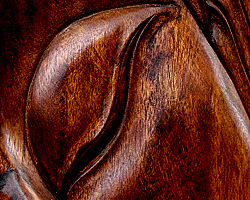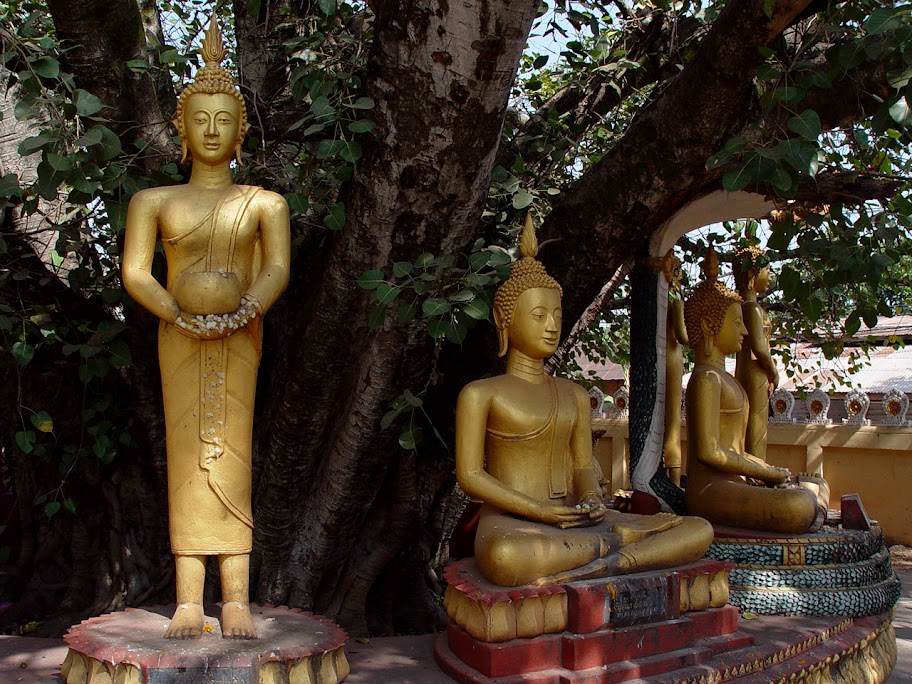Now with 20% Off everything until November 21st 2010 - use buddha20 at checkout
The Buddha's Face
Hi and welcome to our first Blog for the Buddha’s Face where we think we are the number one web site for Asian Buddha Wall Art Decor. Our range includes Statues, Artefacts and Figurines and we are proud to supply both the wholesale and retail markets. That’s why we think we are the perfect karma for your home and garden.
This blog will bring you quotes, pictures and interesting articles from all over the web particularly about Buddha images from Thailand and Laos. Later we hope to report direct from our carving villages situated in Northern Thailand and show you the craft and artistry that goes into the www.thebuddhasface.co.uk
Our Wall Art – Hand carved by Asian Buddhist artists in Northern Thailand
We have Unrivalled choice and quality carvings direct from Thailand
Colours and designs to suit any home interior, decor and garden
Finest garden wall art sculptures
We have all Sizes from very small (20cm) through to big (1m) to very large (3m!)
We firmly believe we are affordable and offer great value - with prices starting from just £9.99
Statues and Artefacts – Bronze, Stone and Wood
Our Styles include authentic antique reproductions to contemporary and modern
Our Buddha statue range includes heads, figurines, hands, reclining, sitting, standing and meditating.
Ideal ornaments and perfect gifts
All colours – our most popular are dark wood, gold, bronze, silver and red – to complete the look in your home interior and garden. Don't see one you like then just ask!
Bespoke Design and sourcing
We can carve any size or colour
Featured on BBC1 DIY SOS and ITV 60 Minute Makeover and numerous style and design magazines
www.thebuddhasface.co.uk – perfect karma for your home and garden
Our hand carved wooden Buddha Face wall art panels and statues are increasingly popular as people recognise how wonderful they look as features in their homes and garden.
There is a fast growing interest in the mind, body and soul as people are leading more healthy and spiritual lifestyles.
We have both retail, trade and drop shipping customers including antique, garden, gift, furniture, and new age shops and restaurants.
We also sell to Interior Designers, Spa, Massage and Yoga businesses decorating their treatment rooms and studios or for reselling to their clients.
We offer Free UK shipping on all purchases
For Europe, USA, Canada and the Rest of the World shipping rates apply.
Low Cost Business Videos - prices start from just £99
















